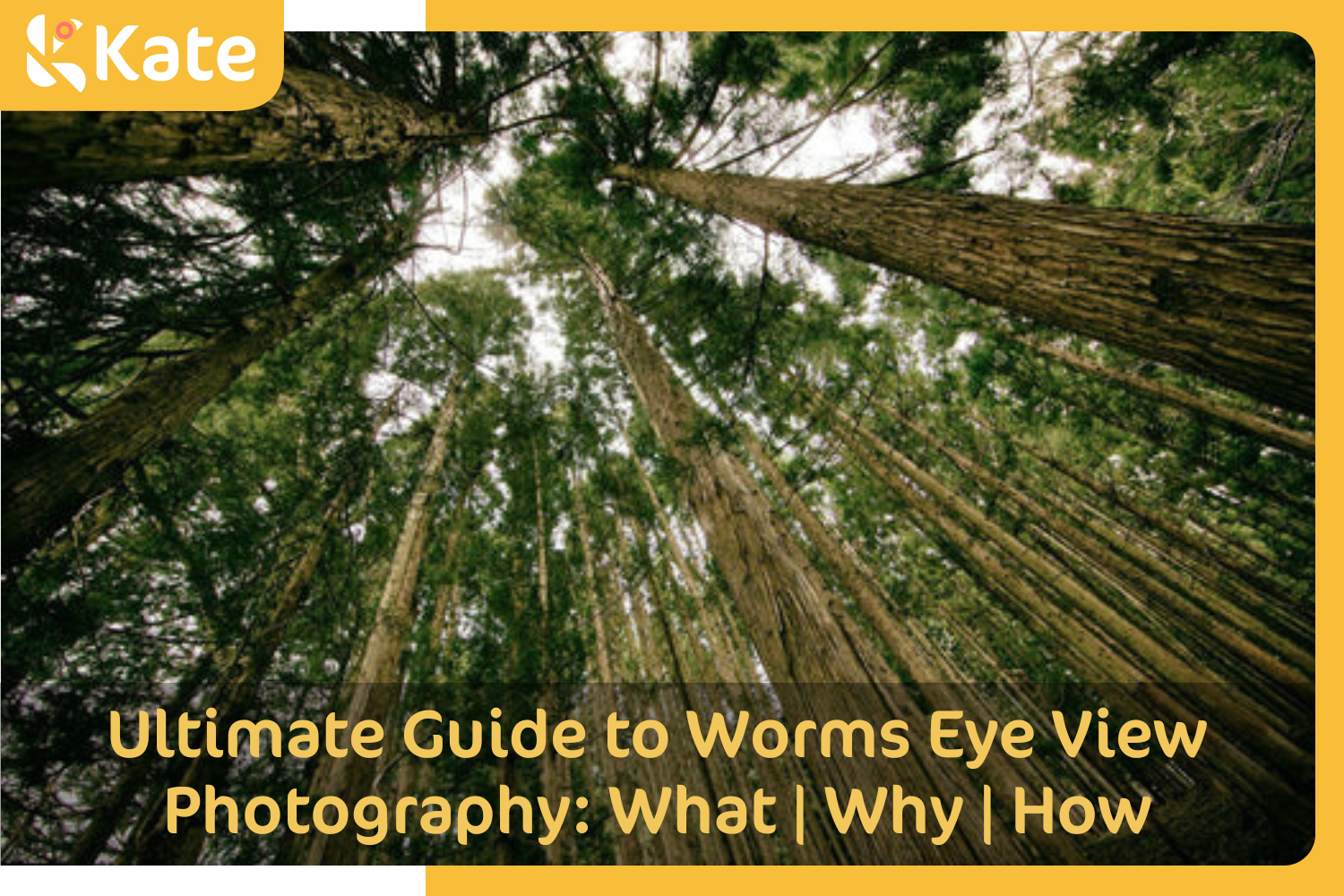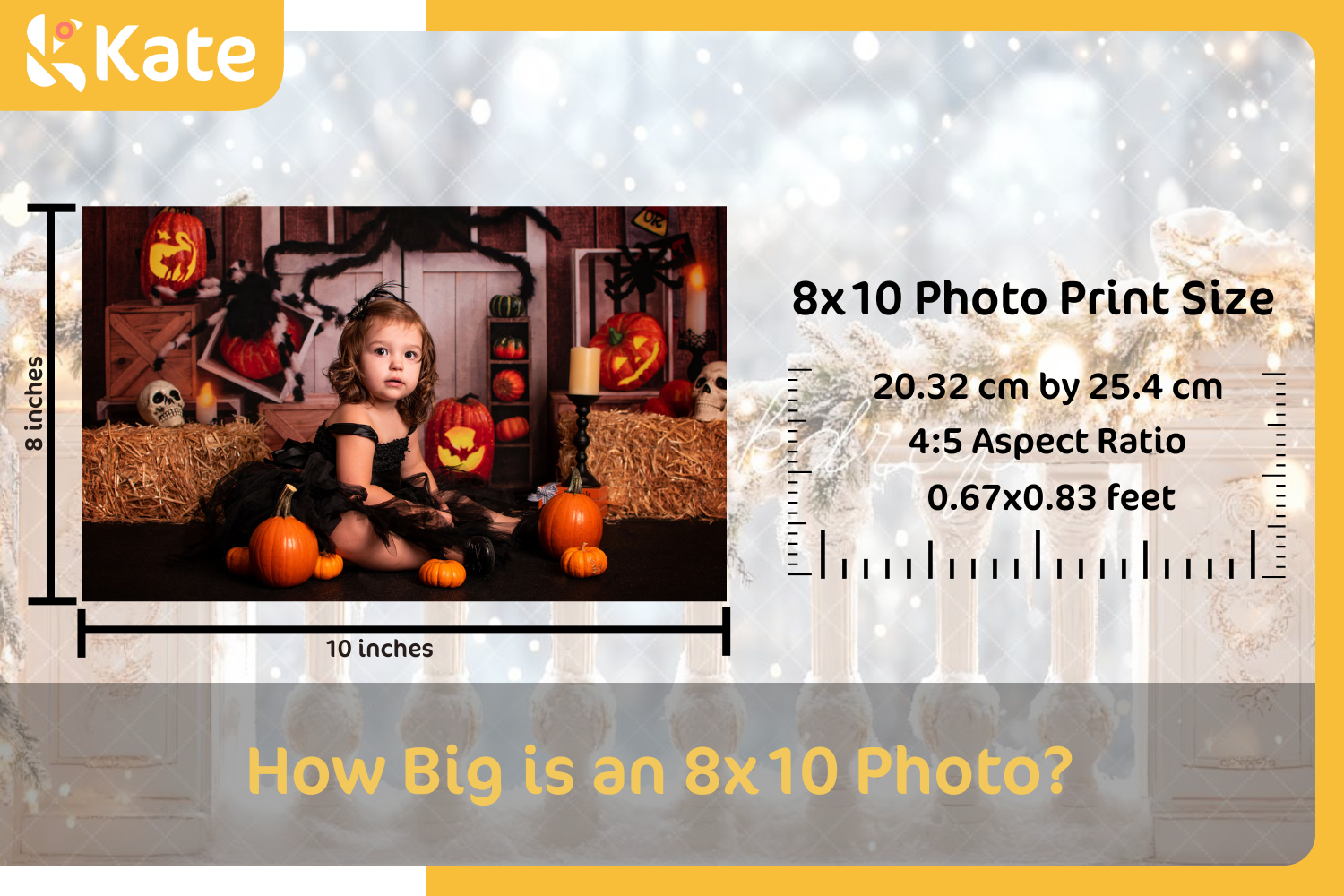Ultimate Guide to Worms Eye View Photography: What | Why | How

Have you ever seen a picture that makes you feel part of the action? If so, then you're aware of the worm's eye view photography experience. The shot is taken from a low angle, giving the impression that the camera is looking upwards at the scene. In this article, we will look into worm's eye view photography: the why and how you can incorporate it to your own images.
What is Worms Eye View Photography?
Worm's eye view photography is captured from a low level, looking upwards to the subject. A Worm's eye view photograph is a photograph taken with a camera directly beneath a subject; usually by lying on the ground or it can also be taken from a tripod whereby a camera is facing upwards.
Wide-angle, dramatic images give the effect of the subject being much greater in size than it is in real life. It can also be an excellent technique to show scale in landscape photography. It can also be used in the genre of portraits. There you will get to learn some magnificent shots from worm's eye view photography.
Why Should You Take Worms Eye View Shot?
One advantage of taking photos from a worm's eye view is that it can realistically portray the world from a completely different perspective. This way, the sense of scale in your shots would be effectively depicted.

Photo by Demi Kwant on Unsplash
For instance, photos of people in a group taken from a worm's-eye view position can make people appear way above the observer. This would give a real impact to your photos and make them interesting.
Certainly, doing such a job is a real challenge from a worm's-eye view. It is quite hard to keep low to the ground without disturbing something you want to take a photo of. However, the results are guaranteed to make all the hard work worth it, so you may want to try it out the next time you are out with your camera.
How to Capture Great Worms Eye View Photography?
Now that you have a feeling of what a worm's-eye view is and how effective it can be, let's get into how you take awesome shots.
1. Composition
Composition is probably the largest part of photography across all genres. Still, in landscape and cityscape photography, one has to fight against a large variety of constituent elements, ranging from grand vistas to an interesting foreground or anything else in between.
So how do you go about making a great worm's eye photograph? Well, you can get to use leading lines. These are lines that direct the eye, through the photo, to the focus. They might be real lines, such as the road or river, or more abstract; the lines created by buildings or fences.

Photo by Vince Duran on Unsplash
Another technique to establish a good composition is the rule of thirds. This is where you divide the frame into thirds in a horizontal and vertical manner, and then place the most important subject matter along with one of those lines or at the intersection of two.
The simple techniques that make your photographs outstanding. So the next time you are out with your camera, keep these composition techniques in mind to apply in order to take great shots.
2. Keep the Focus
It's really not that difficult to get a good picture using a worm's eye view, especially when you have a focus. If ever you are trying to get a shot with such a perspective and focus, it can be a bit tricky sometimes, but there are a few things to think about that can get you the perfect shot.
So first think about what you want to have in focus within your image. Is it the background or the foreground? If you are doing a detailed shot of something that is in your foreground, use a big aperture on your camera, so the background goes out of focus. That way you give your photo some depth and a subject that stands out.

Photo by hoch3media on Unsplash
If you have more interest in a general scenario, then put your camera on a small aperture so everything gets focused. This is really important in cases where there are movements in your pictures, like people or cars.
Lastly, you need to ensure that the shutter speed is fast so that any movement will be arrested; otherwise, the photo will come out blurry. Keep these in mind, and you will never go wrong with your worm's eye view photos.
3. Use Different Lens
Lenses can be changed and so can your photography. A good example is when a worm's eye view is shot by a wide-angle lens. That way you'd be able to get up close on your subject but at the same time include more of the overall scene. Other than that, one merit to the use of a wide-angle lens is creating an impression of depth in your pictures.
If you need a little more drama in your shots, then go further with a telephoto lens. That way, you'll be able to compress the background, so your subject will therefore look bigger. Therefore, try out different lenses so you learn what's the best way to shoot a scene.
4. Exposure

Photo by Roberta Potgieter on Unsplash
One of the most critical adjustments is shooting from this level. You are so close to the ground that your pictures will tend to be underexposed. Try lower ISO setting and a faster shutter speed so that you will not have this problem. This will help to ensure that your image is exposed correctly.
5. Use a Gorillapod
If you fancy capturing worms-eye images, then a tool you should have in your disposal is the Gorillapod. It is a sizable and flexible tripod that can be easily manipulated with its legs able to warp around objects, by hand in some cases.
These features enable it to take shots from any angle like from the ground and from so many exciting perspectives. Additionally, it is small in size thus you can carry it around with ease and always be ready for that perfect shot anytime.
Conclusion
There is so much that can be said about the worm's-eye view in photography, but that sums it all up: consider composition, know what is important in the picture, and be very particular about getting the exposure right. Armed with these tips, you should be able to secure some great shots from your unique perspective, so get out there and start shooting.
If you like this article, please share it! Be sure to join our FB Group: https://www.facebook.com/groups/Katebackdrops/. to share your ideas! You can also receive free articles, updates as well as discounts information from https://www.katebackdrop.com/ and our FB Group.








 Boogschutter
Boogschutter



